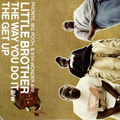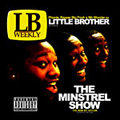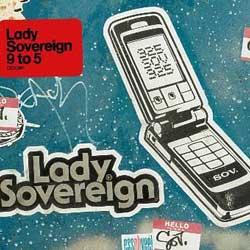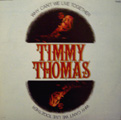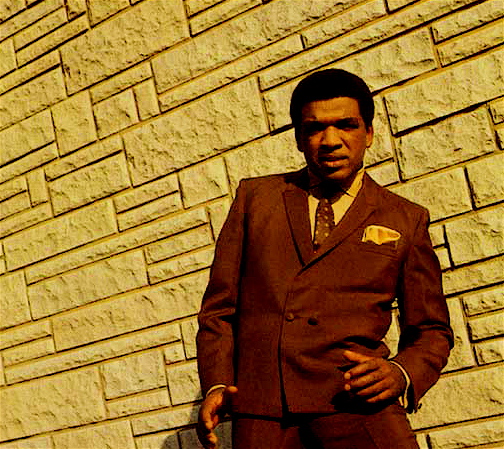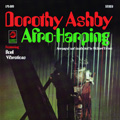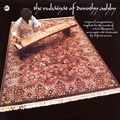Swingin’ With Willie
Willie Bobo: Spanish Grease
Taken from the album Spanish Grease on Verve (1965)
Willie Bobo: Broasted or Fried
Taken from the album Do What You Want To Do… on Sussex (197?)
Willie Bobo: How Can I Say Goodbye?
Taken from the album Do What You Want To Do… on Sussex (197?)
There are moments when we can transcend all the infractions perpetrated against us by our neighbors. When, maybe for a week or a day or an hour, we can forget the Sunday morning ranchera hoe-downs, the persistent, cackling drunken laughter at 4 am, the occasional menacing glare. All it takes is that one connection that had hitherto gone unrealized. Yesterday, I found that link in Willie Bobo.
The neighbors in question are a tremendously unruly bunch (5, 6, 7 of them? Who knows?). All men, Mexican and few centro-Americanos. They work as mechanics at the quick lube joint around the corner and are all equally fanatical for a good Norteno ballad. (Read Tuba, Accordian, Crooner, Weird Laughter, Et Al). It strikes me that they must be nearly deaf (or if not, soon to be) for the decible level at which they listen to their tunes must register near the roar of a departing rocket ship. They usually start drinking around eight thirty on Sunday morning; the musica begins promptly at eight.
Ranchera is just one of those things that, try as I might, I absolutely CANNOT condone. I want to be able to appreciate it. But I just can’t. And I had all but given up hope. The weekly party became known between my roommate and me as The Sunday Morning Skull-Fuck. But last Sunday, something changed. I heard a distinctly conga-tinged rhythm. The playful horns. Then, at long last, “Guajira…” I could have cried for joy.
I could do eight posts on Willie Bobo–and maybe I will; DON’T TEST ME SUCKAS!–but I’ve limited this particular update to the track that my neighbors blessed me with the other day, as well as a pair of very different, VERY funky Bobo joints off an early Seventies album recorded on Bill Withers Sussex label. The Bo-Gents record is apparently a bit of a rarity, but if you ever see it around, don’t blink, buy it. It’s the closest thing to a straight funk album that I’ve ever heard from the prolific conga-player.
The vocal track, “How Can I say Goodbye”, may take a minute to grow on you. But have faith, it will. The voice, which will perhaps initially strike you as borderline loungey, drips and oozes it saccharine sweetness all over the beat, until the whole mess becomes like a savory tub of sugar-free pudding. You know you’re not supposed to like it, but you do.
As for “Spanish Grease”, it’s classic. Richard Dorfmeister threw down a naughty little latin-house version on a past volume of Verve Remixed. Definitely worth a look.
I should bake my neighbors a cake.

